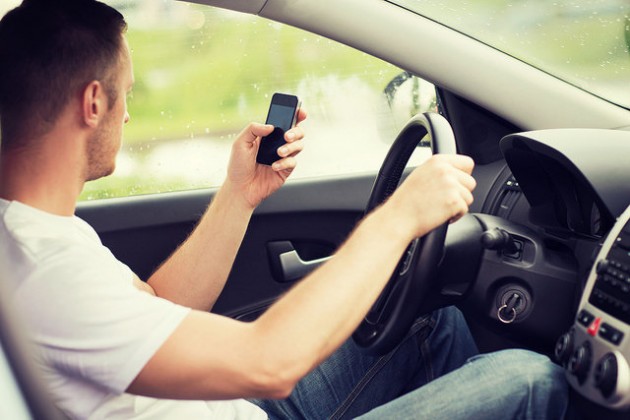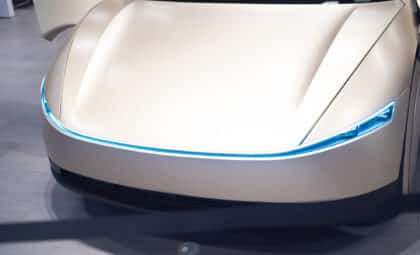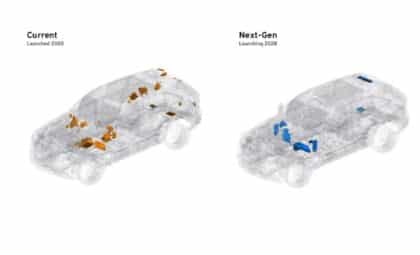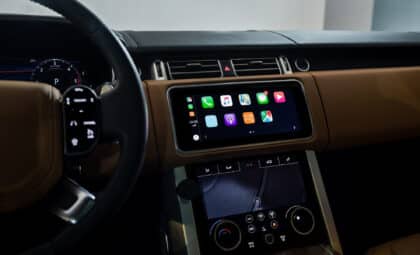The AAA Foundation for Traffic Safety, following a number of experiments at the University of Utah, has concluded what the MythBusters already knew: hands-free car systems are still highly distracting, and so still dangerous.
Pictured: the cutting edge of automotive safety
The study had two sections, but both were performed at 25 mph on a 2.7-mile loop in Salt Lake City, during which participants were asked to push a button when an LED light flashed on the edge of the driver’s vision. At the same time, video cameras tracked the participant’s eye movements.
The first section of testing looked at the effects of smartphone voice command use. Each of the 65 participants were asked to perform tasks like call contacts, change the music, dial numbers, and send text messages, using one of three smartphone voice assistants (Apple’s Siri, Microsoft’s Cortana, and Google Now). All three assistant programs were ranked as “highly distracting” by AAA, with Cortana being the most distracting.
So, you know, more or less what we though would happen
The second section of testing looked at the effects of voice-command-operated infotainment systems, using 257 participants in 10 different 2015 vehicles. The participants were asked to peruse contact lists, dial numbers, and play music using voice commands. Three were rated as a moderate distraction (the Chevy Equinox, Buick LaCrosse, and Toyota 4Runner), with six rated highly distracting, and one rating as a “very high distraction” (in the Mazda 6).
Mazda released a statement in response that said that consumers received its infotainment system well, and the system strives to provide minimal distraction from driving
Aside from these results, the study found that, on some systems, drivers were still distracted for up to 27 seconds after completing a task, during which time the participants would have crossed the distance of nearly three football fields. In addition, the study claimed that additional practice using the infotainment systems had no effect on lessening distraction, and that older drivers were more distracted than younger drivers.
While we agree that distracted driving is one of the most dangerous things to do behind the wheel (and have written about it several times), this study has a bit of a problem—is it really accurate to measure driver distraction by measuring how well the drivers react to a different, non-driving-related distraction, while simultaneously having them drive? The study makes a valid point, but perhaps it would be better to measure the drivers’ reactions to driving-related stimuli while distracted—for example, the classic fake-deer-coming-out-of-the-woods driver’s school obstacle?
You have to admit, a deer jumping out is far more likely than you needing to press a button when you see a small light on the edge of your vision
Image: Stuart Oikawa
News Source: CNet
The News Wheel is a digital auto magazine providing readers with a fresh perspective on the latest car news. We’re located in the heart of America (Dayton, Ohio) and our goal is to deliver an entertaining and informative perspective on what’s trending in the automotive world. See more articles from The News Wheel.














